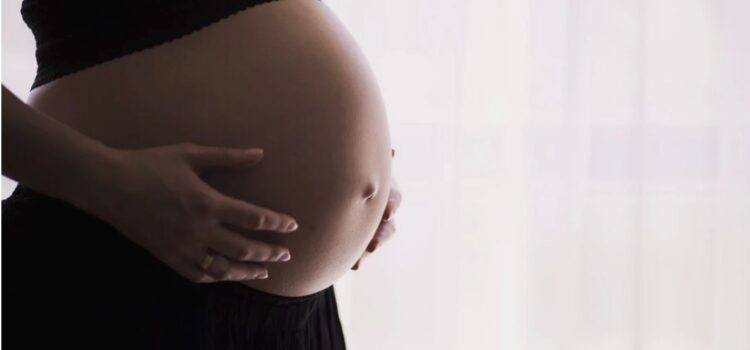

This article is an excerpt from the Shortform book guide to "Why We Get Sick" by Randolph Nesse and George Williams. Shortform has the world's best summaries and analyses of books you should be reading.
Like this article? Sign up for a free trial here .
How is pregnancy a competition between mother and fetus? Why does a natural birth bond a mother and child? Why do babies cry?
Evolutionary medicine says that pregnancy is a war between the mother and fetus. This is because the fetus manipulates the mother’s body to provide more nutrients, sometimes at the cost of the mother’s health. Even after birth, a baby will naturally alert its mother to its needs.
Keep reading for more information on the evolution of human pregnancy.
Human Pregnancy Is a Competition Between Mother and Fetus
According to evolutionary medicine, human pregnancy is a conflict between mother and fetus. The fetus carries only half the mother’s genes, so their interests are not perfectly aligned. The fetus will manipulate the mother to provide more nutrition, and the mother will resist this.
Here are two examples of how the mother and fetus combat for control of resources:
- The fetus secretes human placental lactogen, which is anti-insulin and raises the mother’s blood glucose. In return, the mother counteracts this by secreting more insulin. This tension can lead to gestational diabetes in the mother.
- Pre-eclampsia, or high blood pressure in mothers, provide more nutrients to the placenta. The placenta may cause this by making substances that constrict arteries in mother’s body. This effect works: mothers with higher blood pressures have larger babies and show lower fetal mortality. However, this endangers the mother.
Both these examples incur risks to the mother, and possible death of the fetus, but on average the fetus wins. Therefore the fetus can be seen as playing the odds for its own benefit.
Childbirth
Women giving birth are more successful when a supportive woman is around—they show a lower rate of C-section by 66% and lower use of forceps by 82%. This may be because human babies are born in an odd position, facing backward, and if the mother were to finish labor by pulling on the child, she might injure it. A supportive woman would have been able to help reduce the risk dramatically, and so women may have evolved a preference for another woman during labor.
Why Babies Cry
During birth, pressure on the vaginal walls causes oxytocin to be secreted. Oxytocin makes the mother bond to her child. C-sections don’t have this signal and oxytocin secretion. In sheep, birth by C-section usually causes the mother to reject the baby as her own offspring.
Babies cry to get attention, and this sound is naturally aversive to parents so they try to make it stop.
Crying could increase fitness by promoting bonding with the mother through contact. It also encourages feeding and lactation, which prevents competing pregnancies from taking resources from the baby.
Babies who cry more for no apparent reason are often diagnosed with colic, but colicky babies don’t cry more frequently or at special times, just for longer. The authors hypothesize that this may result from modern habits of infrequent feedings and less contact. Some native tribes carry their babies around constantly and feed multiple times per hour, compared to once every few hours in typical Western societies.
As babies grow, they may manipulate the mother to pay it more attention. Spitting up milk prompts the mother to produce more milk. Also, infants may regress, or act younger and more helpless than it really is. Both these behaviors attempt to convince the mother to pay the baby more attention and limit future pregnancies.
Sudden Infant Death Syndrome (SIDS)
Sudden Infant Death Syndrome (SIDS) causes more deaths in babies than any other cause except for accidents.
SIDS may be caused by the immaturity of the infant’s nervous system. As we’ve discussed, human babies are born with immature brains because the mother’s birth canal restricts how large the fetus’s skull can get.
SIDS may be higher in modern days because babies and mothers sleep apart. In the past, sleeping together led to the coordination of sleep cycles and intermittent arousals that might sustain babies who are vulnerable to SIDS

———End of Preview———
Like what you just read? Read the rest of the world's best book summary and analysis of Randolph Nesse and George Williams's "Why We Get Sick" at Shortform .
Here's what you'll find in our full Why We Get Sick summary :
- Why evolution hasn't rid humans of all diseases
- How reproductive fitness is more important than overall survival
- How you evolved to dislike the sound of a baby crying






